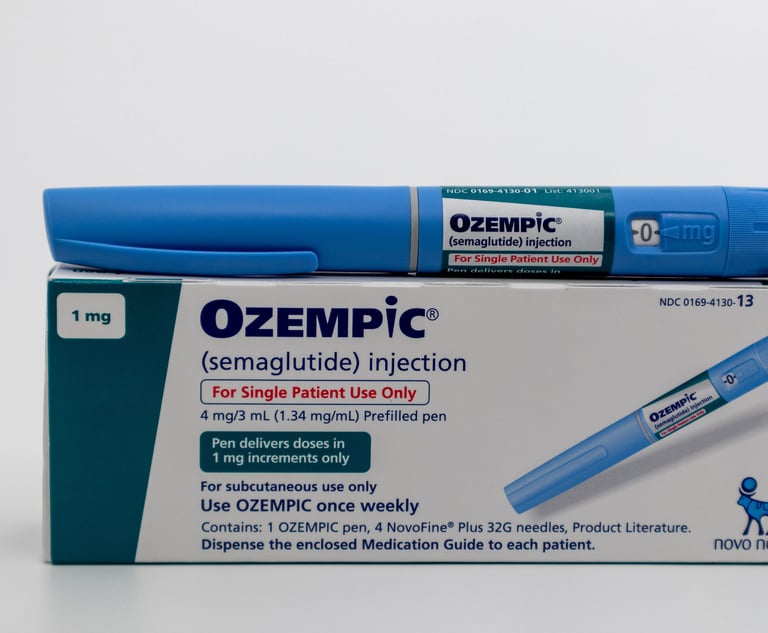When a vehicle manufacturer designs and markets some of its products with safety features that would protect against serious injury, that marketing decision serves as strong evidence that the product lacking such a feature is defective. An optional-only marketing approach provides a reasonable inference that in the manufacturer’s judgment vehicles with this safety feature will not be unduly expensive or inconvenient to use. See Hammond v. International Harvester, 691 F.2d 646, 651 (3d Cir. 1982). As Toyota has touted over the years, “everyone is entitled to safety.” And, as Ralph Nader argued over 50 years ago, safety should not be optional. Consequently, an astute analysis of most serious injury crashes may implicate a products liability case against the manufacturer if it has failed to equip the offending vehicle with a reasonably well-designed automatic collision avoidance system. The manufacturer rather than the consumer is responsible for including available and safely designed safety systems to mitigate or avoid foreseeable accidents.
Over the past decade the demand for the installation of automatic collision avoidance systems (ACAS) in motor vehicles, including over-the-road trucks, cars, vans and other passenger vehicles has grown exponentially. Governmental agencies including the NTSB and the NHTSA have recommended these features as far back as the late 1990s. Consumer advocates (including the IIHS and the Center for Auto Safety) and injury victims have argued in favor of the standard inclusion of many of these well-developed systems. The need for the design and implementation of crash prevention technology is predicated upon some very stark statistics, including the fact that there are over 7 million reported crashes in the United States every year and many of them could have been avoided with the installation of pre-collision avoidance technology. Yet, despite the need to reduce the human carnage on our highways, the transportation industry has followed an age-old business pattern placing profits over safety. And, the industry’s implementation of ACAS has followed an unreasonable, limited performance approach, which contradicts their advertising rhetoric and the functional capacity of these systems.
What ACAS Are Available?
This content has been archived. It is available through our partners, LexisNexis® and Bloomberg Law.
To view this content, please continue to their sites.
Not a Lexis Subscriber?
Subscribe Now
Not a Bloomberg Law Subscriber?
Subscribe Now
LexisNexis® and Bloomberg Law are third party online distributors of the broad collection of current and archived versions of ALM's legal news publications. LexisNexis® and Bloomberg Law customers are able to access and use ALM's content, including content from the National Law Journal, The American Lawyer, Legaltech News, The New York Law Journal, and Corporate Counsel, as well as other sources of legal information.
For questions call 1-877-256-2472 or contact us at [email protected]


 Larry Coben, shareholder at Anapol Weiss. Courtesy photo
Larry Coben, shareholder at Anapol Weiss. Courtesy photo




